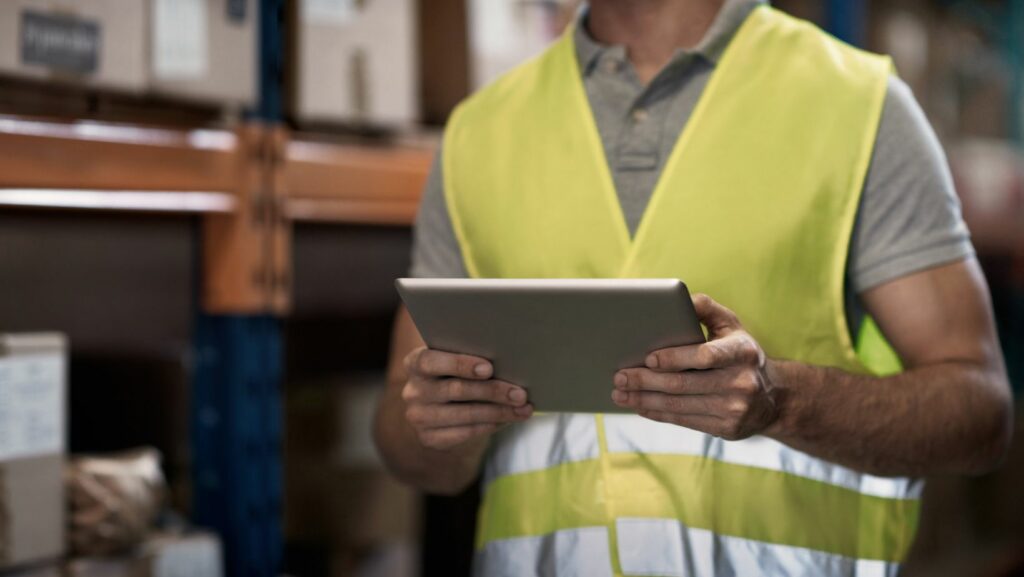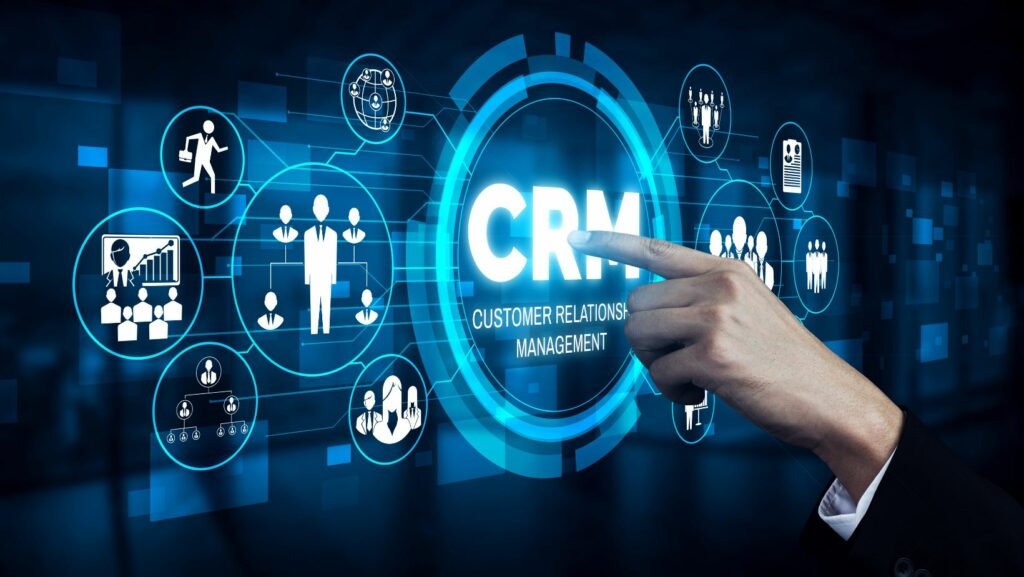In 2024, global e-commerce sales are expected to surpass $6.3 trillion, and with over 2.14 billion digital buyers worldwide, the pressure on businesses to deliver fast, accurate, and seamless fulfillment has never been higher. Today’s consumers don’t just want convenience—they expect it. A delayed or mismanaged delivery can damage customer loyalty, no matter how good the product is. Thankfully, technology is transforming every step of the fulfillment process. From automated warehouses to AI-powered delivery systems, innovations are making it possible to go from click to doorstep faster and smarter than ever before.
Smart Warehousing: The Brains Behind the Boxes
Warehouses are no longer just storage spaces—they’re high-tech command centres. Automated storage and retrieval systems (AS/RS), powered by artificial intelligence and machine learning, now help manage inventory with pinpoint accuracy. These systems can store goods in the most space-efficient manner and retrieve them faster than any human could.
Robotic arms, conveyor belts, and even autonomous mobile robots (AMRs) work side by side with human staff, streamlining picking, packing, and sorting processes. Companies like Amazon and Ocado have heavily invested in robotic warehousing, drastically improving the speed and accuracy of order fulfillment.
Moreover, predictive analytics tools help warehouse managers forecast demand more effectively, reducing waste, preventing stockouts, and ensuring popular items are always ready for dispatch.
Order Management Systems: The Digital Nerve Centre
Efficient fulfillment starts with intelligent order management. Modern Order Management Systems (OMS) connect the dots between sales channels, inventory, and shipping providers. These platforms automatically route orders to the best fulfillment location based on proximity, inventory levels, and carrier availability. As the backbone of online fulfillment, these systems ensure that every order is processed quickly and accurately, regardless of where it originated.
Cloud-based OMS platforms ensure real-time data synchronisation, allowing businesses to adapt instantly to demand fluctuations or unexpected issues like supply delays. With integrated systems, customers receive faster deliveries, more accurate ETAs, and instant updates if any changes occur.
Additionally, tech innovations in OMS support split shipments and click-and-collect options, offering greater flexibility to customers and helping brands meet diverse delivery expectations.
Fulfillment Robotics: Speed and Precision
Robots are no longer a futuristic idea—they’re a practical part of today’s fulfillment chain. Fulfillment centres are increasingly using robotic picking systems that can identify, lift, and pack products. These robots use computer vision and AI to distinguish between thousands of items with minimal human intervention.
Companies like Bezos and others offering outsourced fulfillment solutions are deploying these robotic systems to reduce labour costs and speed up operations. Some businesses have reported up to 50% improvements in order processing speed after integrating robotics.
With labour shortages and rising wage costs, robotic automation provides an efficient, scalable solution for keeping up with e-commerce demand.
Real-Time Tracking and Delivery Optimisation
Once an order leaves the warehouse, customers expect full transparency. GPS tracking, RFID technology, and API integrations with carriers allow for real-time updates on shipment status. Customers can see where their parcel is at any given time and get accurate estimates for when it will arrive.
For businesses, delivery optimisation algorithms help streamline routes for drivers, reducing delivery times and fuel costs. These tools take into account traffic conditions, weather, and parcel volumes to determine the most efficient delivery paths.
In urban areas, tech companies are experimenting with drones and autonomous delivery vehicles. While still in the testing phase in most regions, these innovations could soon offer a faster and greener way to get packages to consumers.
Sustainable Fulfillment: Tech for a Greener Future
Sustainability has become a key concern in e-commerce. Customers are more likely to support brands that prioritise eco-friendly practices. Technology is playing a big role in helping businesses reduce their environmental impact.
Smart packaging systems use algorithms to determine the smallest possible box or envelope needed for each order, cutting down on excess packaging and shipping volume. Route optimisation reduces fuel usage, while electric delivery fleets and carbon offset tracking tools are being integrated into logistics platforms.
Fulfillment tech now enables “green checkout” options, allowing customers to choose carbon-neutral delivery methods or consolidate orders into fewer shipments. These small changes can have a significant cumulative effect when applied across millions of transactions.
AI and Machine Learning: The Fulfillment Forecasters
Artificial intelligence and machine learning are quietly powering many aspects of the fulfillment process. From predicting which items will be popular next month to determining the best shipping method for a specific customer, AI is helping companies work smarter.
Machine learning algorithms can analyse historical sales data, weather patterns, regional events, and even social media trends to forecast demand. These insights help optimise inventory placement, ensuring products are stored closer to where customers are likely to order them.
AI also enhances customer support by powering intelligent chatbots that can provide order updates, process changes, and troubleshoot delivery issues without human involvement.
Conclusion: Fulfillment as a Competitive Advantage
What once was seen as a behind-the-scenes logistical task is now a cornerstone of customer experience. The fulfillment process—powered by cutting-edge technology—is a key differentiator in the modern e-commerce arena. From the moment a customer clicks “buy” to the minute a parcel lands on their doorstep, innovations in AI, robotics, real-time data, and sustainable practices are transforming how businesses deliver value.
For retailers and brands, embracing these fulfillment innovations isn’t just a way to stay competitive—it’s a necessity. As customer expectations continue to rise, those who invest in smarter, faster, and greener fulfillment will be the ones that succeed in turning one-time buyers into loyal fans.



